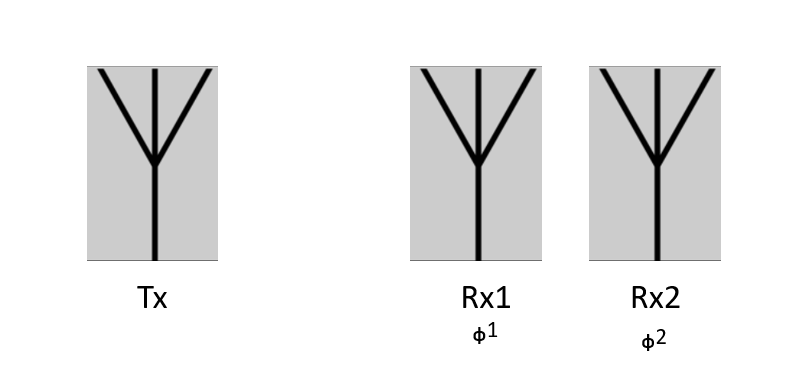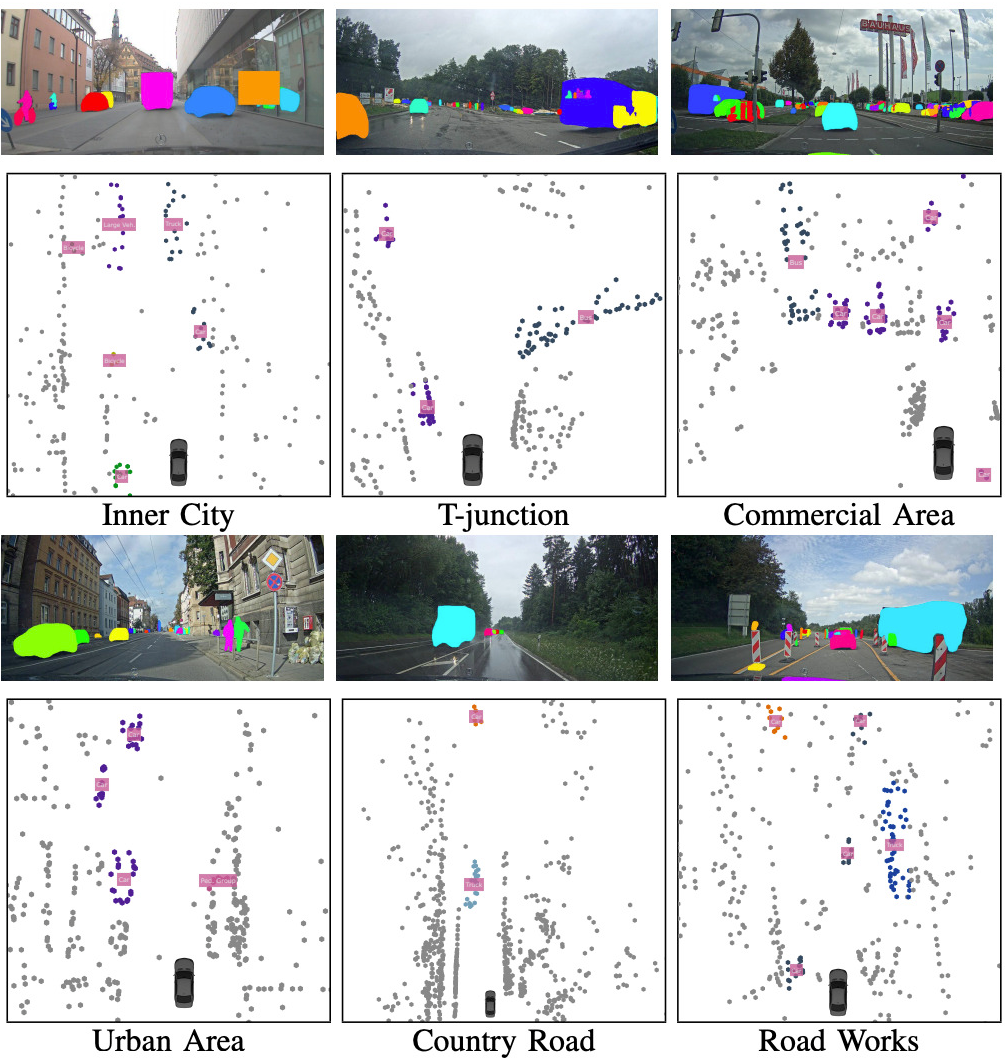Autonomous driving by the use of radio waves
You want to buy a modern car that is semi-autonomous and have all the security features possible ? Welcome to a jungle of possibilities. Cars are becoming more and more autonomous and the requirements for safety have been increasing during the years. The days where the only safety systems in cars were a handbrake and possibly a seatbelt are over. The modern car is always awake and monitoring the road in case the driver fails to react the safety system will take the necessary action. How important is the sensing technology for cars striving for autonomy and improved security on the roads ? Nobody wants to experience an emergency brake if it isn’t absolutely necessary so the sensing technology should be as reliable as possible. Let’s go through these sensing technologies and focus especially on the radar and the related radio waves.
Advanced driver assistant system
Modern vehicles make use of radar as sensing technology when it comes to object detection. These systems are called (ADAS) advanced driver assistant system and (AD) autonomous driving system. The distance to an object can be measured by using radio waves for both moving and stationary objects. In addition to radar ADAS systems also include light detection and ranging (LiDAR) which is a remote sensing method using light in the form of a pulsed laser to measure ranges. Although the LiDAR is good at detecting colors and shapes the detection performance of the LiDAR drops in bad weather when it rains or during foggy weather. The radar is capable of detecting objects even in bad weather but is not able to detect color and can only provide lower resolution of shapes. A combination of LiDAR and radar will provide an overall improved system when it comes to detection of objects. Another way of detecting objects is by cameras mounted on the car recognizing pedestrians, vehicles and other obstacles. Computer vision algorithms are applied to the data allowing the car to detect lane markings, street signs, traffic lights and other objects. The cameras can be obstructed by bad weather, poor lighting conditions, extreme contrasts as direct sunlight (bright lights during the night) and contamination of cameras which are all good reasons for having radar as complementary sensing technology. Let’s have a more detailed look at the radar used in ADAS systems.
Radar as sensing technology for vehicles
Radar emits a radio wave towards an object and receives a reflected radio wave from the object to determine the distance of the object by using the measured time span. Some of the modulation types used are frequency shift keying (FSK), chirp sequence (CS) and linear frequency modulated continuous wave (LFMCW).
The automotive radar uses continuous wave signals providing these major advantages compared to pulsed signals,
Low output power
Low hardware complexity
Low manufacturing cost
Radial velocity depends on the transmit time
Low sampling rates and low IF filter bandwidth even at high transmit signal bandwidth
Automotive Radar Frequency bands
The higher frequency bands starting from 76 GHz have following advantages over the 24 GHz band,
Larger available bandwidth increasing the range and velocity resolution of the radar
Smaller antenna size due to smaller wavelength 4mm @ 76 GHz compared to 12.5 mm @ 24 GHz
The permitted EIRP is 55 dBm @ 76 GHz band compared to 20 dBm @ 24 GHz
Standard configuration with a single Transmit antenna and multiple receive antennas
The Tx antenna will transmit the signal which will be received in different phases as the Rx antennas are located at different places on the printed circuit board. Automotive radars typically make use of MIMO in order to improve the spatial resolution.
The spatial resolution is defined by the Number of TX antenna elements multiplied with the number of RX antenna elements.
How does an automotive radar PCB look like ? One example is seen below.
1) TX antennas, 2) Receive antennas, 3) Frontend IC 4 ) Reflection reduction structures [1] Automotive Radar - From first effort to future systems, Christian Waldschmidt et al.
Radar images at different scenarios are seen above [2] Introduced by Schumann et al. in RadarScenes
Here are some of the risks when using radar in terms of detection of objects,
Interference signals nearby received from other vehicles
False classification of objects due to signal processing error
Spoofing attacks with the intention of introducing false obstacles (uncommon but possible)
While modern safety features in cars can provide an added layer of protection, it's still important for drivers to remain attentive and focused on the road at all times. These safety systems are designed to assist drivers, but they are not a substitute for safe and responsible driving habits. Please drive carefully and have fun :-)




